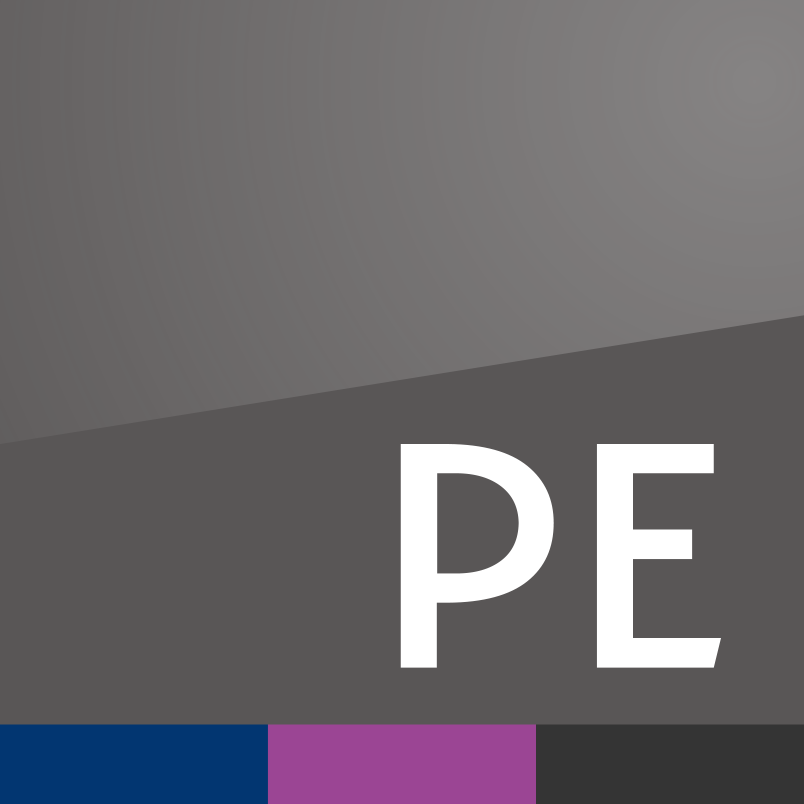Europe’s energy markets have been marked by unprecedented events over the past months that have increased risks and uncertainty. As we move into 2023, we anticipate three forthcoming trends that will define the continent’s market for renewable power-purchase agreements (PPAs) after a year of turmoil.
First, merchant appetite is expected to increase, and investors will continue to accept short-term PPAs.
For quite some time now, renewables and merchant appetite have gone hand-in-hand. As a first step, long-term PPAs covering more than ten years with private offtakers—either utilities or corporates—replaced subsidised fixed-price contracts with governments as a revenue visibility mechanism. This is because investors have needed long-term revenue certainty to attract low-cost project finance for newbuilds.
Nonetheless, the high pricing environment presented new opportunities for subsidy-free renewables and the PPA market, and a silent revolution started taking place in renewable energy operating models. Over the past months, not only have we observed debt financing for new assets underpinned by short-term PPAs or no PPAs at all, but we have also seen an additional trend of existing projects opting out of subsidy schemes to explore market opportunities.
Difficult-to-manage pricing risks make long-term PPAs less attractive for asset owners and offtakers alike. The result? Project owners are adopting a more active sales management approach and are building infrastructure to manage price risk, similar to energy traders. This has direct implications for the PPA tenors they offer. A long-term PPA covering the entire output of an asset is no longer the benchmark for quality financing, and some investors believe that it could even result in losses over its tenor.
Another implication is that project owners are increasing their plants’ merchant tail. The high pricing environment made the optionality of short-term trading products more attractive and led investors to explore capabilities outside their safe zone that could become standard practice. A surging number of investors seem to be comfortable with merchant exposure and active sales management, especially when underpinned by the right infrastructure and skills to inform optimal ongoing decisions. Such a practice could benefit the renewables market, whether there is a high pricing environment or not.
Corporate PPAs with a twist
Corporate PPA activity has remained relatively high over the past year, despite onerous volatility levels. In effect, corporates managed to hold the fort while utilities took a break from offtaking due to unattractive margin requirements and liquidity constraints.
Up until now, corporate activity has been driven by the pursuit of sustainability credentials. But with conventional power becoming more and more unpredictable, renewable energy is viewed as a highly competitive option for industrials across Europe. In 2023, the key driver for corporate PPAs will be affordability.
At the same time, while corporate appetite increases, there has been an interesting shift in negotiation dynamics between sellers and buyers. The European PPA market has traditionally been a buyer’s one, as the availability of projects willing to sell their energy through a PPA has been larger than the number of buyers. But this started changing in 2022.
As quality ready-to-build projects became more valuable (not only due to high prices, but also permitting issues and construction delays), we saw the launch of the first seller-led PPA tenders. In addition, industrial buyers seeking immense amounts of renewable energy, which can be met only through offshore wind, started competing to invest equity in such projects through innovative partnerships. With corporate price hedging needs growing exponentially, we expect such trends to continue.
Regulatory intervention concerns will smooth out
Subsidy-free renewables and the PPA market grew on the back of investors replacing exposure to regulatory risk with merchant risk. After years of government subsidies, renewables players lost their trust in the ability of governments to keep their promises, following a series of retroactive subsidy cuts and contract breaches that led to (sometimes still ongoing) legal disputes.
However, in 2022 regulatory risk made its return. Due to the unprecedented nature of the energy availability and pricing crisis, governments all over Europe hastened to protect consumers from unviable prices.
Regulatory intervention has taken place mainly in two forms. First, via redistribution of revenue from windfall profits for certain generation technologies, using windfall taxes and revenue caps, to finance consumer subsidies. Second, via challenging whether the market design is fit for purpose and able to protect consumers in the long-term through seeking alternatives and amendments to the marginal pricing method.
Many countries put infra-marginal technologies such as renewables to the fore of their intervention, targeting merchant renewables and, to a certain extent, bilateral PPAs. The industry is now well-trained in tracking the impact on PPA negotiations and business models overall. After the storm, comes adaptation—both by the regulators and the industry’s side. We expect the industry will not experience ‘panic-mode’ radical interventions in 2023, and that the market will more calmly process how the system can evolve to ensure decarbonisation and affordability goals are met while keeping a private investment–friendly environment.
We expect heightened volatility and stress on Europe’s energy markets to continue through the year ahead. Nonetheless, the PPA market is already showing signs of adaptation after the initial shock, and we expect that 2023 will be characterised by renewed innovation by all parties involved. Decarbonisation remains the top priority, and an unprecedented crisis will pass the baton to a new, more resilient era for renewables.
Maritina Kanellakopoulou is an insights analyst for Pexapark, a Zurich-headquartered software and PPA advisory firm.
This article is part of the upcoming special report Outlook 2023, which features expectations from the energy industry for key trends in the year ahead. Sign up here to receive updates about the full report.









Comments